
views
After a Fall or Accident
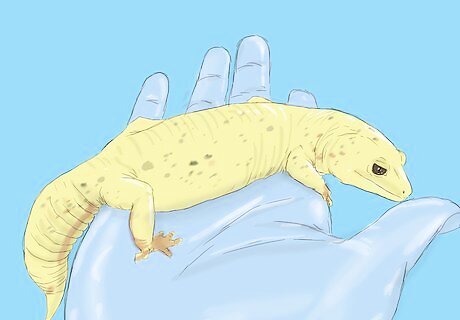
Take it to the vet if at all possible. First off, if something is seriously wrong it would be best to see an "exotic vet". Keep in mind that some vets that care for animals like cats or dogs may be unaware that several meds used for mammals are toxic to reptiles!
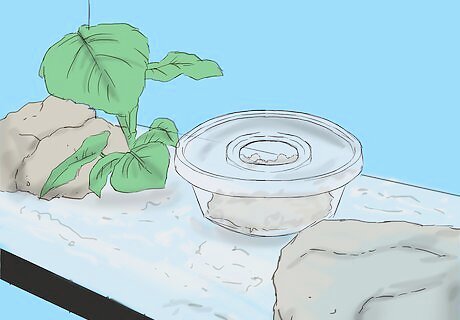
Make sure the gecko's habitat is properly set up. For an injured gecko it is often best to place it in a habitat like one a leopard gecko breeder would use: a tank or appropriately sized tub with paper towel as a substrate. Try to avoid the use of sand even for a healthy gecko, regardless of what a pet store says! Their natural habitat is more dirt-like with firmness to it. Add sanitary hides for the gecko to feel secure in; a stressed gecko won't heal as well as a content and calm one!
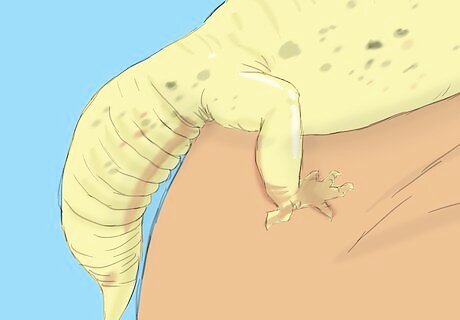
Check the tail. Often when a gecko will falls it lands on its tai;, this can break its tail, but usually isn't too serious. The tail may drop off, but if the above requirements are met, all "should" be well and the tail should regrow! Add a humidity hide for the gecko; it can help scabs from scarring and allow shed to become unstuck.

Be patient. Make sure the wounded leopard gecko gets plenty of vitamin-dusted and gut-loaded food, as well as clean daily changed water. Hopefully it will heal right up again, as sometimes the gecko is just shocked from the event so let it rest in peace! Avoid handling as much as possible; even a gentle hand may still cause pain or increase of injury to a tender hurt gecko.
After Mistreatment
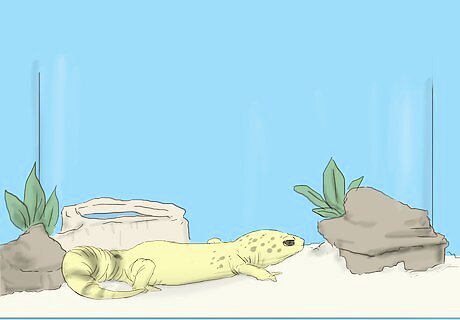
Put the gecko in a proper habitat. Often, its is best to start with a breeder style habitat, so you can monitor its feces, eating, drinking, and shedding. Later on, the gecko can be placed in a proper display habitat. Leopard geckos need a tank that's at least 20 gallons, but they will really appreciate a tank that's bigger than that. The bigger the tank, the better!
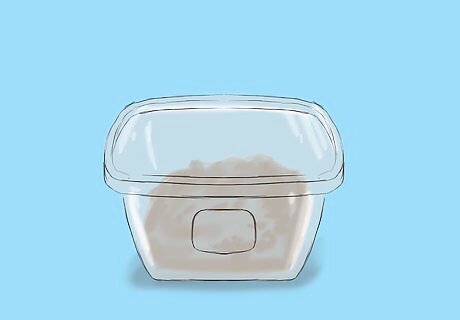
Add a humidity hide. This is important for a leopard gecko in captivity, because they can't go down into a nice moist burrow. Place some type of leopard "gecko sized" tupperware or tub that is nontoxic and capable of holding humidity in the habitat. Simply wet down some paper towel inside the little box and allow an opening that the gecko can go in and out of. This very important step, will remove stuck shed effectively, and prevent the gecko losing its toes due to a very dry habitat!
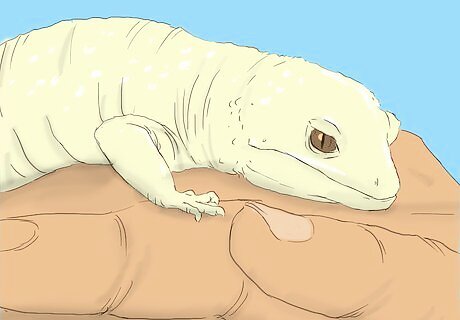
Take care of the eyes. If the gecko was on a substrate such as: ground walnut shells, sand, or some sharp, small, substrate, the gecko may have impaction or eye damage! Carefully rinse the eye with slightly warm, clean, and distilled water to prevent chlorine or other unwanted chemicals from entering the eyes.
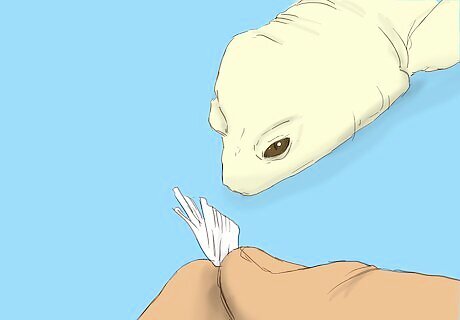
Help it eat. If the gecko has bad eyesight or is now blind and won't eat, the innards of a food item may get them hunting. If that's to gross (you can try using a little bit of chicken), rub that juiciness on their snout and around the mouth; the gecko may back up. But when you stop, the gecko should start cleaning its mouth and a feeding reaction hopefully will be triggered! This technique is used to start hatchlings that won't eat after about a week.

Make sure the gecko has access to calcium dust. This can be found at a regular pet store, or purchased online. Leopard geckos need supplemental calcium since they don't get the varied, nutritious diet in captivity that they eat in the wild. Make sure the food is suited to their nutritional needs. Without calcium, metabolic bone disorder (MBD) will begin setting in; not much can be done at home for a broken gecko bone, but providing plenty of calcium supplementation can prevent the bone from becoming broken, fractured, rubbery, weak, swollen, limp, or downright painful!
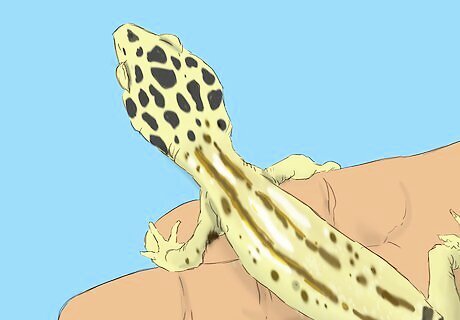
Be patient and caring. The best thing to do, is provide the animal with the best care possible and have patience while waiting for the gecko to complete its healing process; don't try playing with it during that time.




















Comments
0 comment